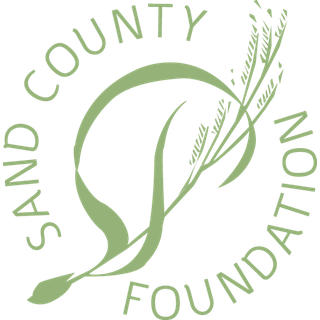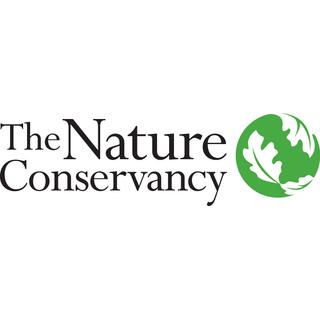Watch the Myrin's Conservation Success Story
The Myrin family is not immune to the harsh realities forced on Utah ranchers by drought.
Last year they reduced their cattle herd’s size. However, conservation practices are helping the Myrins make the most of the limited moisture Utah receives. An intensive, rotational grazing system benefits the Myrin Ranch’s ecosystem and beef cattle business.
Alarik and Beth Myrin and their children Rik, Deborah, and Nils (and their families) manage about 35,000 acres, between private land and federal grazing permits. The Myrin family has ranched in Duchesne County since 1945, and have long relied on conservation to achieve efficiency.
Whether building fences or developing water sources, their investment of time and resources has improved soil health and wildlife habitat on their pastures and rangelands. Quickly moving their grazing cow-calf herds leaves behind grass tall enough to regrow as a dense ground cover with greater ability to infiltrate and retain water.
The Myrins grow hay to for their winter feeding needs. Over time they have improved the efficiency of irrigating hay fields. Pressurized sprinkler systems reduce the evaporation that comes from misting and fogging. Having enough hay stockpiled provides stability to their stocking rates and offers cover for wildlife. Hay is strategically placed near wildlife areas to keep wildlife from accessing valuable crops elsewhere.
Myrin Ranch is home to mule deer, elk, beaver, sage grouse, turkey, and waterfowl. It hosts large populations of wildlife migrating off the Uinta Mountains. A grazing system where cattle are moved frequently gives the Myrins flexibility to work around sensitive wildlife areas at key times.
Wildlife-friendly electric rope fencing has replaced barbed wire because the Myrins view wildlife as a resource, not a nuisance. The riparian habitat along the Lake Fork River that runs through the ranch acts as a wildlife corridor.
The Myrins have planted trees, and made streambank restoration and flood irrigation improvements to that area with the Natural Resources Conservation Service. Although invasive and problematic, a patch of Russian olive trees is managed because deer and elk like them for sanctuary and feed. Where Russian olives have been removed elsewhere, fruit trees have been planted.
In addition to providing a mobile structure that provides shade for cattle, the Myrins continue to improve infrastructure that simplifies frequent cattle moves. They’ve also invested in water distribution to the forests where a majority of their cow-calf herd is grazed from June to October. The ability to graze more reduces the ranch’s carbon footprint as tractors are used less.
After five years of intensive grazing, the Myrins noticed the carrying capacity of their grassland increased by 20 percent. More available feed allowed them to raise some of their calves as yearlings and start a retail grass-fed beef business. They formed Canyon Meadows Ranch in 2009 as a way to diversify from the conventional beef market.
The Myrins are stewards of land, wildlife and the agricultural community. A partnership between the ranch and Utah State University provides agricultural and range students with employment opportunities. Off the ranch, Alarik Myrin is well known for serving his community, state, and the livestock industry. He served 18 years in the Utah Legislature, and has held many leadership roles with the Utah and National Cattlemen’s Associations.








